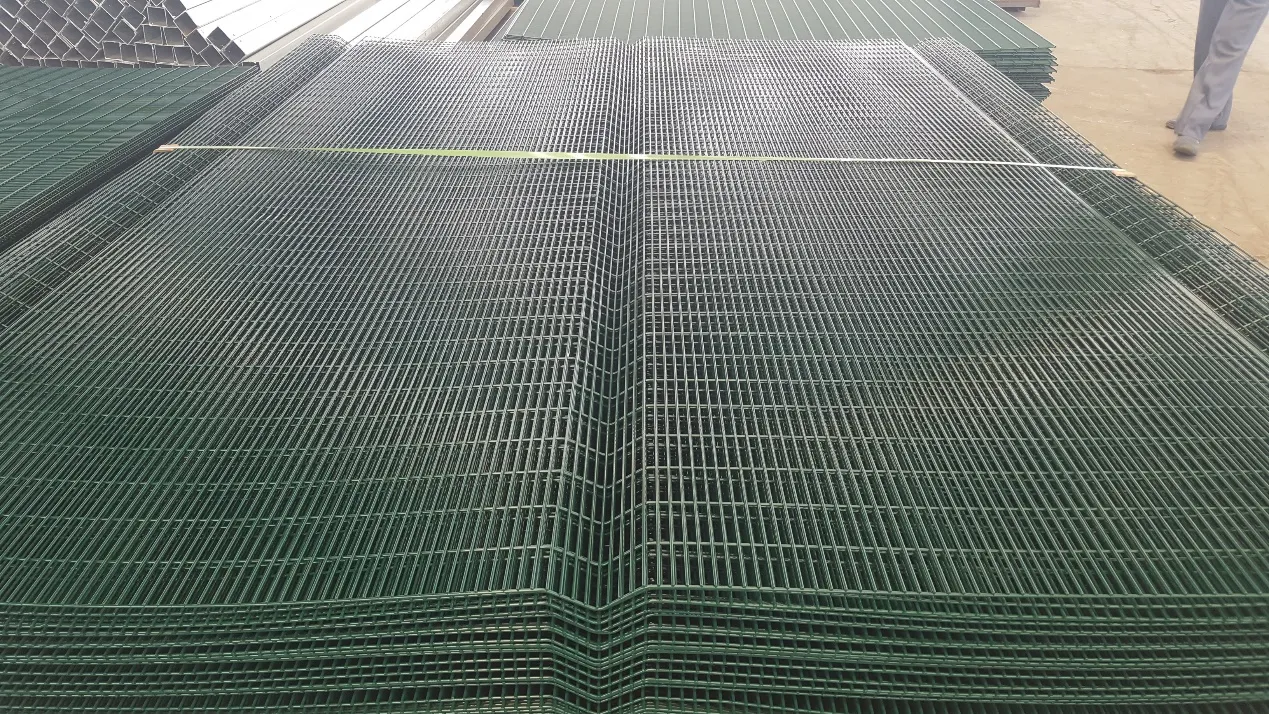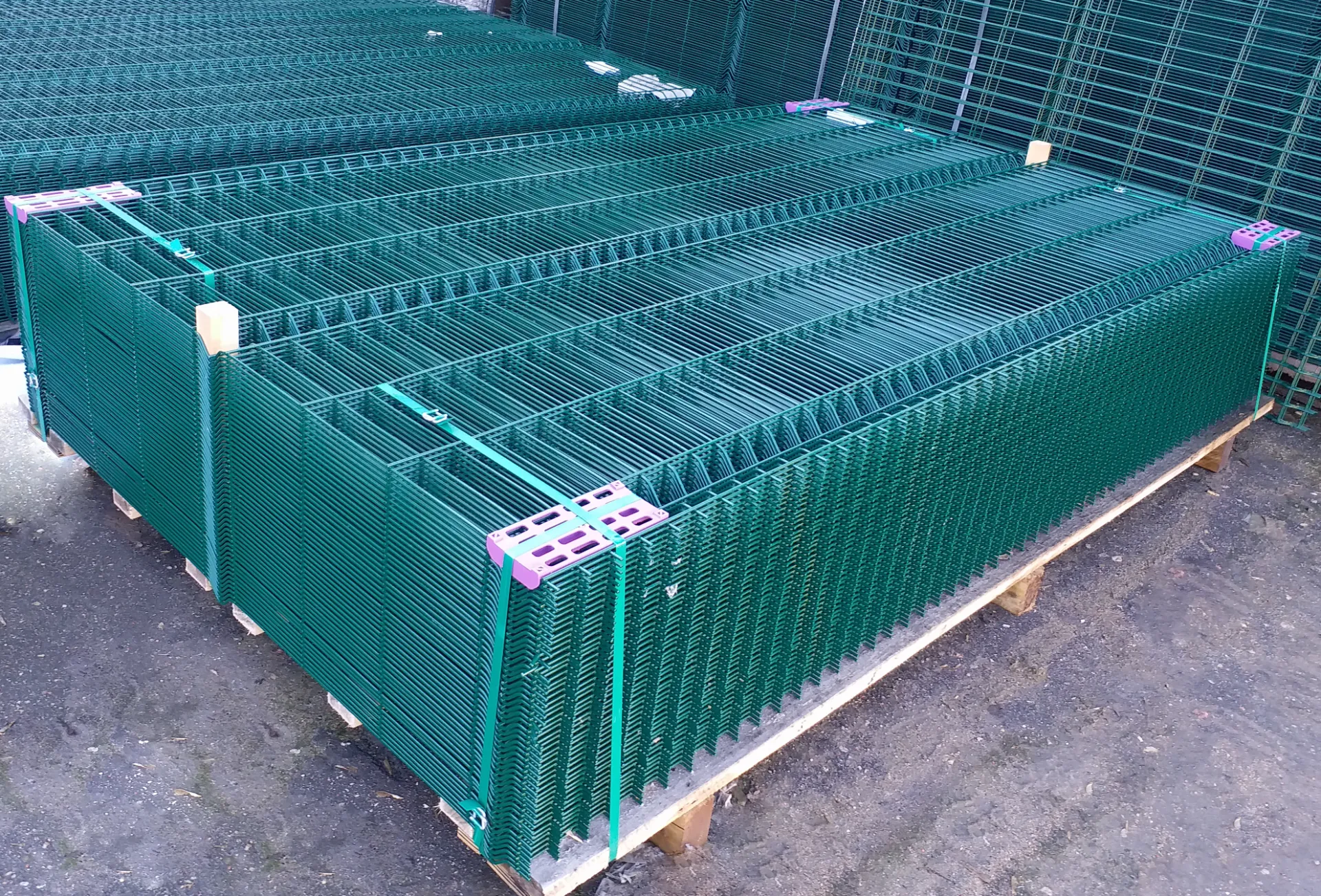-
Email:zhao@hyliec.cn
-
Tel:+86 311 85273988
-
WhatsAPP:8613931128750
-
 Afrikaans
Afrikaans -
 Albanian
Albanian -
 Amharic
Amharic -
 Arabic
Arabic -
 Armenian
Armenian -
 Azerbaijani
Azerbaijani -
 Basque
Basque -
 Belarusian
Belarusian -
 Bengali
Bengali -
 Bosnian
Bosnian -
 Bulgarian
Bulgarian -
 Catalan
Catalan -
 Cebuano
Cebuano -
 Corsican
Corsican -
 Croatian
Croatian -
 Czech
Czech -
 Danish
Danish -
 Dutch
Dutch -
 English
English -
 Esperanto
Esperanto -
 Estonian
Estonian -
 Finnish
Finnish -
 French
French -
 Frisian
Frisian -
 Galician
Galician -
 Georgian
Georgian -
 German
German -
 Greek
Greek -
 Gujarati
Gujarati -
 Haitian Creole
Haitian Creole -
 hausa
hausa -
 hawaiian
hawaiian -
 Hebrew
Hebrew -
 Hindi
Hindi -
 Miao
Miao -
 Hungarian
Hungarian -
 Icelandic
Icelandic -
 igbo
igbo -
 Indonesian
Indonesian -
 irish
irish -
 Italian
Italian -
 Japanese
Japanese -
 Javanese
Javanese -
 Kannada
Kannada -
 kazakh
kazakh -
 Khmer
Khmer -
 Rwandese
Rwandese -
 Korean
Korean -
 Kurdish
Kurdish -
 Kyrgyz
Kyrgyz -
 Lao
Lao -
 Latin
Latin -
 Latvian
Latvian -
 Lithuanian
Lithuanian -
 Luxembourgish
Luxembourgish -
 Macedonian
Macedonian -
 Malgashi
Malgashi -
 Malay
Malay -
 Malayalam
Malayalam -
 Maltese
Maltese -
 Maori
Maori -
 Marathi
Marathi -
 Mongolian
Mongolian -
 Myanmar
Myanmar -
 Nepali
Nepali -
 Norwegian
Norwegian -
 Norwegian
Norwegian -
 Occitan
Occitan -
 Pashto
Pashto -
 Persian
Persian -
 Polish
Polish -
 Portuguese
Portuguese -
 Punjabi
Punjabi -
 Romanian
Romanian -
 Russian
Russian -
 Samoan
Samoan -
 Scottish Gaelic
Scottish Gaelic -
 Serbian
Serbian -
 Sesotho
Sesotho -
 Shona
Shona -
 Sindhi
Sindhi -
 Sinhala
Sinhala -
 Slovak
Slovak -
 Slovenian
Slovenian -
 Somali
Somali -
 Spanish
Spanish -
 Sundanese
Sundanese -
 Swahili
Swahili -
 Swedish
Swedish -
 Tagalog
Tagalog -
 Tajik
Tajik -
 Tamil
Tamil -
 Tatar
Tatar -
 Telugu
Telugu -
 Thai
Thai -
 Turkish
Turkish -
 Turkmen
Turkmen -
 Ukrainian
Ukrainian -
 Urdu
Urdu -
 Uighur
Uighur -
 Uzbek
Uzbek -
 Vietnamese
Vietnamese -
 Welsh
Welsh -
 Bantu
Bantu -
 Yiddish
Yiddish -
 Yoruba
Yoruba -
 Zulu
Zulu
Weaving Chain Link Fence Durable & Custom Privacy Solutions
- Industry Insights: The Growing Demand for Chain Link Fences
- Technical Advancements in Weaving Chain Link Fences
- Manufacturer Comparison: Key Features and Pricing
- Custom Solutions for Residential and Commercial Needs
- Case Studies: Successful Installations Across Sectors
- Cost-Effectiveness and Long-Term Value
- Future Trends in Chain Link Fence Applications

(weaving chain link fence)
The Durability and Flexibility of Weaving Chain Link Fence
Chain link fence weaving has evolved significantly, driven by advancements in galvanization and material engineering. Modern weaving techniques ensure a tensile strength of up to 1,500 MPa, making these fences resistant to corrosion and extreme weather. A 2023 industry report revealed that chain link fences account for 42% of all perimeter security installations in commercial sectors, owing to their cost-efficiency and adaptability. Unlike traditional welded fences, woven designs distribute stress evenly, reducing the risk of structural failure by 65% over a decade.
Technical Innovations Driving Performance
Automated weaving machines now produce up to 300 linear feet of fencing per hour, ensuring precision in mesh size (typically 2" to 6") and wire gauge (9-11). High-tensile steel coated with Class III galvanization extends lifespan to 25+ years, outperforming PVC-coated alternatives by 40%. Additionally, anti-climb designs and privacy slat integration address modern security demands, with noise reduction capabilities improving by 30% in urban settings.
Manufacturer Comparison: Key Metrics
| Brand | Wire Gauge | Price per Sq.Ft. | Warranty | Customization |
|---|---|---|---|---|
| Guardian Fences | 9 | $3.20 | 15 years | Slats, Colors |
| FortressWeave | 11 | $2.80 | 10 years | Height Adjustments |
| SteelMaster | 10 | $3.50 | 20 years | Mesh Size, Coatings |
Tailored Solutions for Diverse Requirements
From chain link fence to privacy fence conversions to hybrid designs for industrial zones, customization options include:
- Height adjustments (4' to 12')
- Vinyl-coated color options (black, green, brown)
- Variable mesh density for privacy (70-90% visibility block)
- Reinforced bottom rails for pest control
Real-World Applications and Outcomes
Case 1: A Texas-based school district installed 8,000 sq.ft. of woven chain link fencing with anti-climb features, reducing unauthorized access incidents by 82% within six months. Case 2: A manufacturing plant in Ohio upgraded to 12-gauge woven fences with privacy slats, achieving 24% lower maintenance costs compared to previous wood barriers.
Sustainable Long-Term Investment
While initial costs for chain link fence weaving average $2.50-$4.00 per sq.ft., the 20-year lifecycle proves 55% more economical than wood or vinyl alternatives. Recyclability rates exceed 98% for steel components, aligning with LEED certification requirements for commercial projects.
Weaving Chain Link Fence into Modern Security Landscapes
As urban density increases, dual-purpose solutions like acoustic-dampening chain link fences are gaining traction. Recent innovations include solar-powered fence lighting integration and AI-assisted damage detection systems, positioning woven chain link systems as a cornerstone of 21st-century perimeter security.

(weaving chain link fence)
FAQS on weaving chain link fence
Q: What tools are needed for weaving a chain link fence?
A: Basic tools include fence pliers, a come-along tool, tension bars, and a measuring tape. A sturdy pair of gloves and wire cutters are also essential for safety and precision. Ensure all materials like mesh rolls and terminal posts are prepped beforehand.
Q: How do you start weaving a chain link fence?
A: Begin by securing terminal posts and attaching tension bands. Unroll the chain link mesh, weave it through the top rail, and use pliers to twist wires around the framework. Gradually stretch and fasten the mesh to ensure even tension.
Q: Can a chain link fence be converted into a privacy fence?
A: Yes, by adding privacy slats, vinyl screens, or planting climbing vines along the mesh. Slats are inserted vertically or horizontally through the chain link openings. Alternatively, attach bamboo or fabric panels for a quick privacy upgrade.
Q: Is weaving a chain link fence suitable for DIY beginners?
A: Yes, with proper guidance and basic tools. Follow step-by-step tutorials and prioritize safety gear. However, uneven terrain or large projects may require professional assistance for optimal results.
Q: How to maintain the woven part of a chain link fence?
A: Regularly inspect for rust, loose wires, or sagging mesh. Apply rust-resistant paint if needed and tighten connections with pliers. Clean debris with a hose and avoid heavy impacts to prolong durability.
-
The Ultimate Tool for Efficient Fencing Work
NewsJul.10,2025
-
The Guide to Metal Garden Fence Panel Options
NewsJul.10,2025
-
Essential Garden Gate Security Features
NewsJul.10,2025
-
Creative Fence Post Art Displays
NewsJul.10,2025
-
Best Trellis for Climbing Plants
NewsJul.10,2025
-
A Guide About Wire Fence Rolls
NewsJul.10,2025
